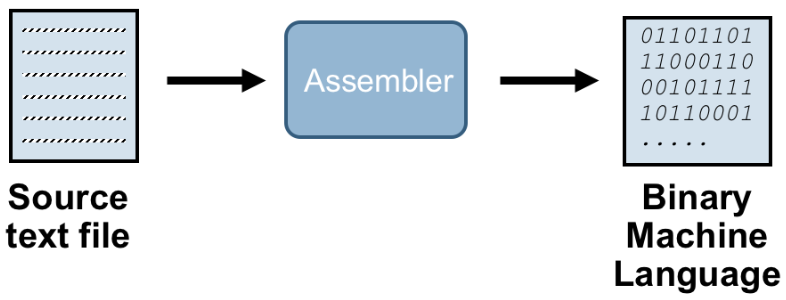An assembler is a program that takes fundamental computer instructions and transforms them into a pattern of little bits that the computer’s processor could utilize to do its basic operations. An assembly (or assembler) language, usually shortened ASM, is a low-level programming language for a computer system, or various other programmable device, where there is a very strong communication in between the language and the architecture’s machine code instructions.

Assembler
Various Steps of Assembling
Input resource program in Assembly Language through an input device.
- Use Assembler to create object program in machine language.
- Perform the program.
Assemblers resemble compilers because they generate executable code. Nonetheless, assemblers are a lot more simplified considering that they just transform low-level code (assembly language) to machine code.
An assembler makes it possible for software program and application developers to gain access to, run and manage a computer’s hardware design and components. An assembler is often described as the compiler of assembly language. It also offers the solutions of an interpreter.
An assembly program has 3 parts:
- Machine Instructions: Code the machine could carry out. Comprehensive conversation of the machine instructions remains in the hardware manuals of the 80C51 microcontroller.
- Assembler Directives: Specify the program framework and icons, and create non executable code (data, messages, and more.).
- Assembler Controls: Establish assembly settings and direct assembly circulation.
Assembly Language
It is a low-level programming language for a computer system, or various other programmable device, where there is a very solid correspondence in between the language and the design’s machine code instructions. It is not simply a single language, however instead a group of languages. An assembly language applies a symbolic depiction of the machine code needed to configure a provided CPU architecture.
Assembly languages usually do not have high-level comforts such as variables and functions, and they are not mobile between different families of processors. They have the very same structures and collection of commands as machine language, however enable a programmer to make use of names rather than numbers.


